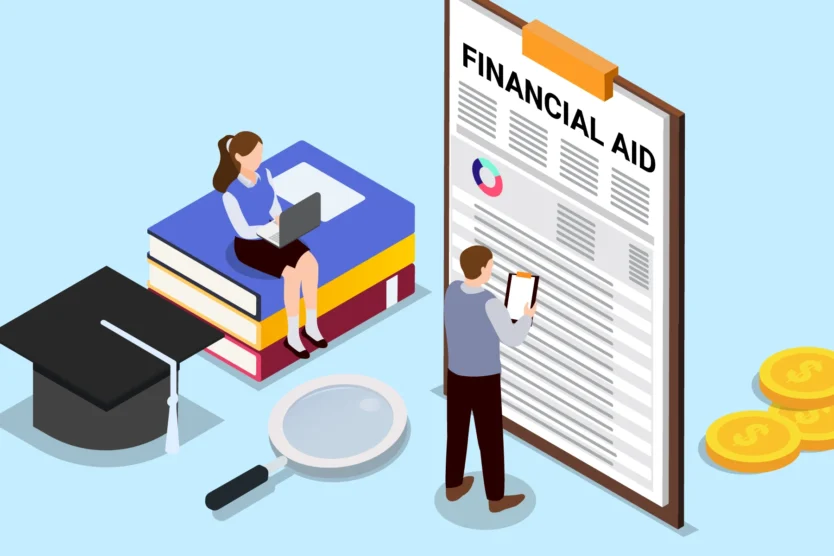
September 16, 2025 · Season 2 · Episode 7
Financial Aid Made Easy
By Jacquie & Gage
Feeling stressed about paying for college? This episode breaks down the financial aid process so you can head into FAFSA season with confidence. Gage and EducationQuest Senior College Planning Specialist Jacquie Butler walk through what financial aid really means, how the FAFSA works, and what steps you should take before it opens. From grants and scholarships to loans and work-study, this is your starter guide to making college affordable.
Paying for college and understanding financial aid can feel…complicated. We sat down with EducationQuest Senior College Planning Specialist Jacquie Butler on our latest Countdown2College podcast to discuss what financial aid is, how the FAFSA fits in, and simple steps students and families can take to make it all manageable.
Why Financial Aid Matters
Financial aid isn’t just about lowering your tuition; it’s about opening doors. The right mix of scholarships, grants, work-study, and (when needed) loans can make college possible at schools that best fit a student’s goals.
The Four Types of Financial Aid
- Scholarships: Awarded money for academics, activities, service, or unique criteria you don’t have to repay. Each scholarship has its own application, so read the instructions carefully and track deadlines.
- Grants:Grants are considered gift aid. Like gifts or presents, you don’t need to repay them, and they are typically based on financial need. Federal, state, and college grants come from filing the FAFSA.
- Work-Study: Part-time campus or community jobs that help cover college expenses while building experience. Opportunities are not guaranteed at every school, so make sure to check your financial aid offer.
- Student Loans: Borrowed money that must be repaid. Borrow only what you need and read over the terms of each loan before you accept.
The FAFSA Simplified
The FAFSA is the key that unlocks most financial aid. Students can list up to 20 colleges on the form so that each school can build an offer. Submit as early as possible and keep an eye on each college’s priority deadline.
Some students are chosen for verification, a routine process where a college checks the information on your FAFSA. Don’t panic; follow the school’s instructions and send documents promptly.
Understanding Your Financial Aid Offer (a.k.a. Award Letter)
Each college will share a financial aid offer that includes the following.
- Cost of Attendance, which includes tuition and fees, housing, meals, books, and estimated personal expenses.
- Gift Aid, which is scholarships and grants you don’t repay.
- Work-Study and Loans, which are options to help fill any remaining gap.
To compare schools, look at your net price, or the cost of attendance minus gift aid. Then decide if you need to borrow student loans, and, if so, how much.
Final Advice for Families
Financial aid doesn’t have to be overwhelming. Start early, stay organized, and read the fine print. If you’re just getting started or stuck on a step, any of our talented college planning professionals would happily provide you with free help. You can book an appointment online or an in-person appointment here.
By Gage Boardman
